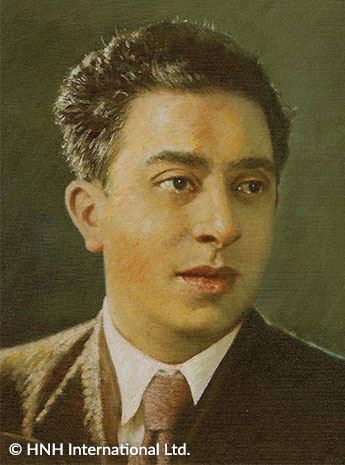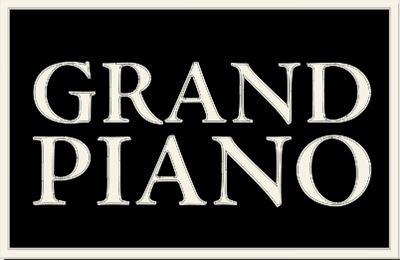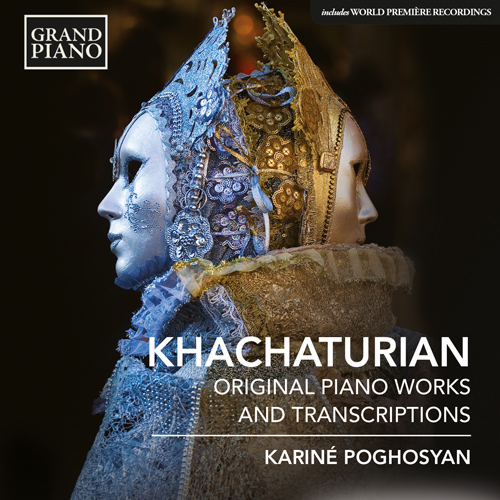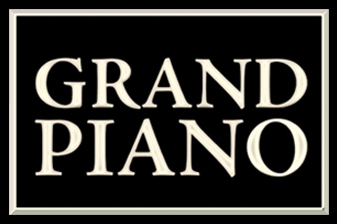
Aram Il'yich Khachaturian (1903 - 1978)
Born in Tbilisi on 6 June 1903, Aram Khachaturian became the most significant twentieth-century musical figure in the former Soviet Republic of Armenia. He studied cello at Moscow’s Gnesin Institute during 1922–5, from which latter year come his earliest known works, then composition with Reinhold Glière until 1929. He then studied at the Moscow Conservatoire with such figures as Nikolay Myaskovsky until 1936, having joined the Composers’ Union four years earlier. Despite the hiatus occasioned by his denunciation as part of the ‘Zhdanov Decree’ of 1948, he retained a major rôle in Soviet musical life—serving as deputy chairman of the Composers’ Union’s organizing committee through 1939–48 and as its secretary from 1957 until his death. He toured internationally after 1950 as a conductor and made numerous recordings of his music (not least those by the Vienna Philharmonic and London Symphony Orchestras). His seventieth birthday was widely celebrated on both sides of the Iron Curtain, in which year he was made a Hero of Socialist Labour. He died in Moscow on 1 May 1978.
Although Khachaturian was a relatively late starter as a composer, the majority of his works date from the earlier half of his career. These include three symphonies (1934, 1943 and 1947), concertos for piano, violin and cello (1936, 1940 and 1946), and the ballets Gayaneh (1942) and Spartacus (1954). Thereafter his conducting and administration duties left much less time for composition, though mention ought to be made of the Concerto-Rhapsodies for violin, for cello and for piano (1961, 1963 and 1968), as well as unaccompanied sonatas for cello, violin and viola (1974–6) that marked a belated return to chamber music. He also left a number of piano works, along with numerous scores for theatre and cinema—the suites of which, along with those from his ballets, kept his name alive in the concert hall despite the absence of larger symphonic works. Not in doubt is the expressive immediacy of his music, with its sensuous yet direct melodic writing, highly resourceful orchestration and elemental rhythmic drive—resulting in a popularity equalled by very few composers of his generation.





 Grand Piano has gained a reputation for producing high quality recordings of rare keyboard gems. Dedicated to the exploration of undiscovered piano repertoire, the label specialises in complete cycles of piano works by many lesser-known composers, whose output might otherwise have remained unknown and unrecorded.
Grand Piano has gained a reputation for producing high quality recordings of rare keyboard gems. Dedicated to the exploration of undiscovered piano repertoire, the label specialises in complete cycles of piano works by many lesser-known composers, whose output might otherwise have remained unknown and unrecorded.






